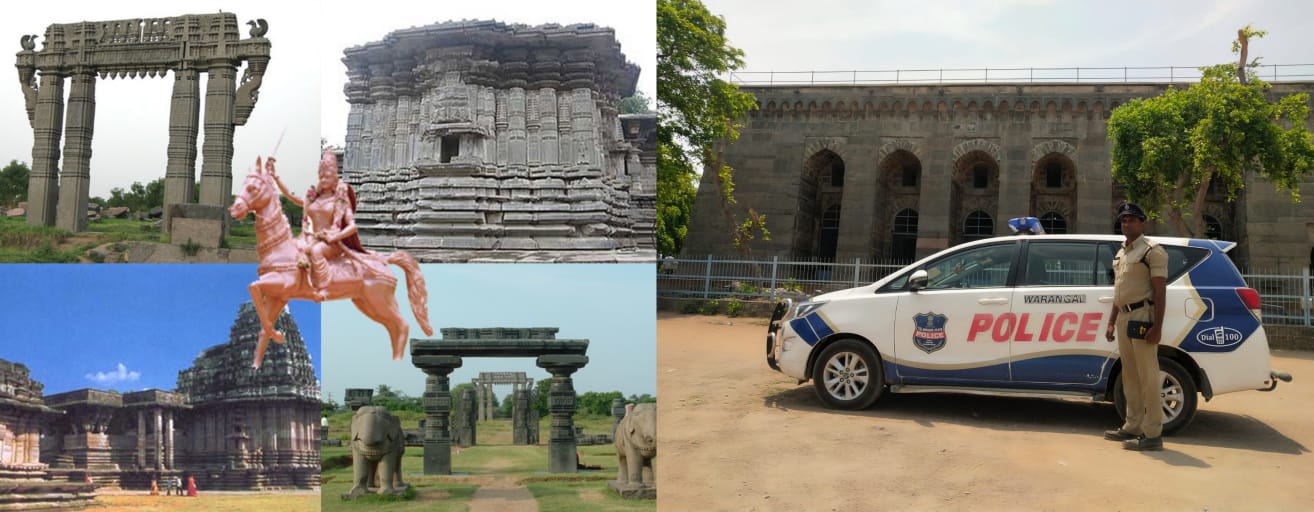
Today, tourism is one of the largest and dynamically developing sectors of external economic activities. Its high growth and development rates, considerable volumes of foreign currency inflows, infrastructure development, and introduction of new management and educational experience actively affect various sectors of economy, which positively contribute to the social and economic development of the country as a whole. In the early 2016 global tourism experienced a consistent stable growth driven by key events and the implementation of successful marketing activities by nations all over the world. In spite of all those favourable factors for the smooth augmentation of the tourism industry, still there exist bottlenecks, which hamper the industry constantly.
Safety and security is a much spoken issue among nations with tourism as the backbone of their economies. Safety and security are vital for providing quality service in tourism. More than any other economic activity, the success or failure of a tourism destination depends on being able to provide a safe and secure environment for visitors. It is undeniable that the tourism industry has a right to defend itself as well as to have a legitimate expectation that the government will ensure safety and security. It must be recognized that when the environment is safe, the visitor is also safe and that if the Law Enforcement Machinery emphasizes on tourist security, it will not only give tourism a fillip but also pave the way for the industry’s future growth.
The safety and security of the tourists is one of the essential prerequisites for a sustainable long‐term growth of this sector. The safety and security considerations become paramount for the tourists during their travel, their stay and their visit to tourist destinations. Law and order being a state subject, the safety and security of tourists is primarily the responsibility of State Government/UT administrations. Some of the State Governments have deployed Tourist Police for the security and safety of the tourists from their existing Police set up. However, this is not a committed force and there is always a possibility of their redeployment in case of other pressing law and order situations. Therefore, there is a need for earmarked Police organization, the personnel of which can be deployed at important tourist destinations/circuits with all objectives of ensuring facilitation, guidance, safety and security to the tourists visiting the place. Furthermore, the personnel deployed for this job 3 should be appropriately trained so that they have an attitude and capabilities of facilitating and guiding the tourists
Warangal originally known as ‘Orugallu’ which means ‘One stone’ is one of the best heritage cities of India and it is served as capital city of Kakatiya Dynasty which was established in the year 1163. It is also the second largest city in the state of Telangana and touted as cultural capital of Telangana. The Kakatiyas, who ruled the place for more than 200 years, have left the succeeding generations, many grand monuments and architectural wonders like the famous Warangal fort, Thousand Pillars temple, Swayambhu Temple and many other amazing ancient structures. The Warangal gateway is made with four gigantic pillars which have been extracted from one single rock stone. The fort also contains a temple inside it which is dedicated to Mother Earth, Swayambhudevi. The Kakatiya Kalathoranam was included in the emblem of Telangana by the State Government. Warangal is one of the eleven cities in the country to have been chosen for the Heritage City Development and Augmentation Yojana scheme by the Government of India.
Warangal is recognized as one of the best heritage cities of India. It attracts tourists from all over the world. Warangal Police ensures the safety & security of the tourists by providing 24 hours patrolling by Bluecolts and Patrol Vehicles besides placing pickets at all important tourist places.
Some of the Best Tourist places in Warangal.